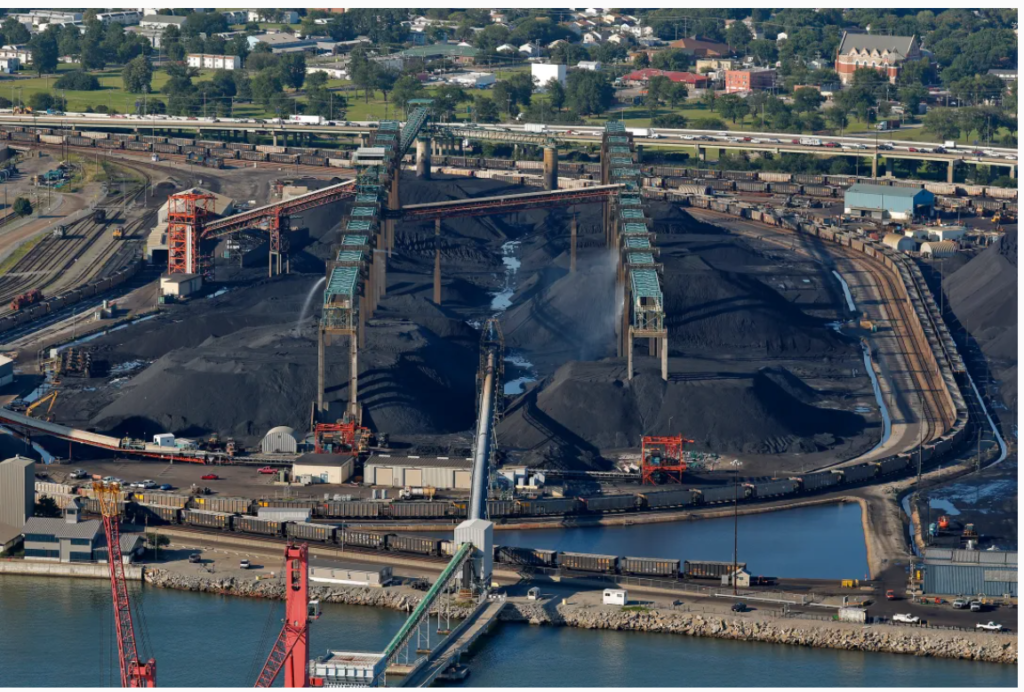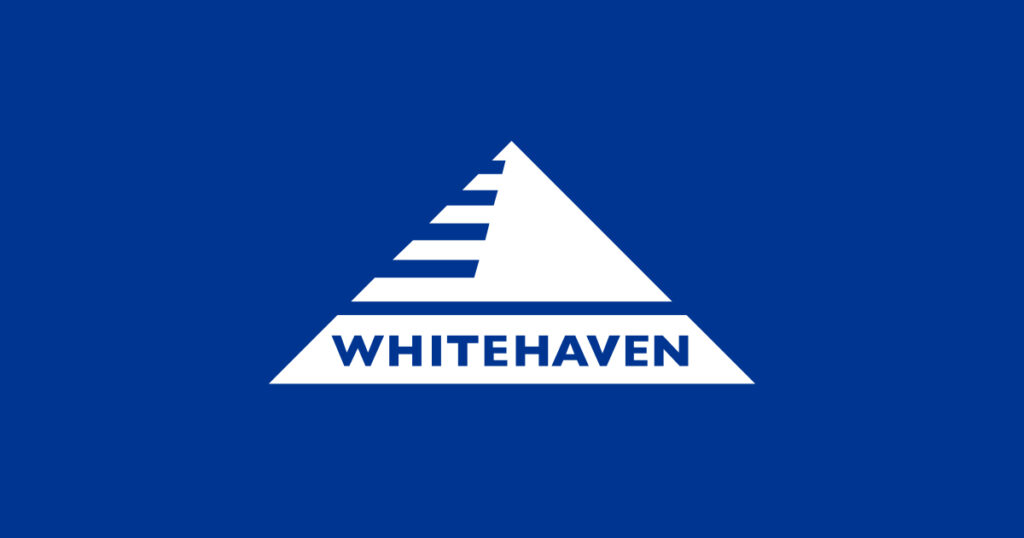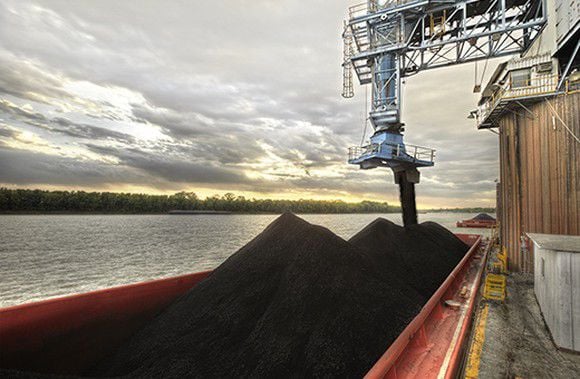Over the past week, thermal coal quotations on the European market kept swinging in the range of 117-121 USD/t. The indices are under pressure caused by falling demand, growing inventories at ARA terminals and a significant increase in RES generation. German wind output jumped by 49% to 22.7 GW, hard coal generation shrank by 22% to 1.71 GW, while spot market power prices slumped by 25% to €45.5/MW.
Gas quotations at the TTF hub strengthened to 303 USD/1,000 m3 (+15 USD/1,000 m3 w-o-w) on lower Norwegian gas supplies. ARA coal stocks rose by 7% to 6.4 mio t (+0.41 mio t w-o-w).
South African High-CV 6,000 consolidated above the 100 USD/t level, having reached 110 USD/t by the end of the week, amid sustained high prices in Europe. Moreover, Indian consumers showed increased activity, driven by such factors as reduced stockpiles at power plants for the first time over the last 5-6 months (-0.9 mio t or -1% w-o-w), as well as disruption of coal supply chains from the US due to the collapse of a bridge in Baltimore, where the resumption of shipments is expected no earlier than mid- to late May.
The U.S. Energy Department lowered its forecast for April coal exports from the country by 33% to 5.5 mio t. Meanwhile, a recovery in supplies is likely to be achieved only by the end of summer or early fall.
As a result of derailment of 4 locomotives and 6 railcars with coal on April 2, three rail lines towards Richards Bay port were shut down. Line 1 was reopened on April 4, while lines 2 and 3 were reopened on the evening of April 5. An investigation was launched into the incident, nevertheless Transnet has not yet disclosed the cause of the crash. This is the second railcar derailment since the beginning of 2024, sending signals to market participants about the vulnerability of the infrastructure.
In China, spot prices for 5,500 NAR coal at the port of Qinhuangdao fell 2 USD/t to 115 USD/t. The downward trend persists in Chinese domestic market, caused by weakening demand as well as increasing inventories. Shenhua lowered prices again, giving discounts to large consumers, thus putting pressure on quotations.
Negative sentiment is spreading among market participants because of the expected temperature rise and higher RES generation. In addition, some rail networks in China cut transportation tariffs by 15-30% in April, enabling suppliers to drop their prices by a comparable amount to improve sales.
Two provinces announced plans to step up production by the end of 2024. Inner Mongolia plans to raise output by 9 mio t to 1.22 billion t, Shaanxi – by 20 mio t to 780 mio t. However, Shanxi Province, the largest coal producer in China, earlier announced plans to lower coal extraction by 50-70 mio t to 1.3 billion t vs. 2023 based on overproduction and more frequent safety inspections.
Shanxi’s January-February output plunged by 35 mio t or 18% vs. January-February 2023. However, producers have not cut their revenue targets, so they may ramp up production in view of falling domestic prices.
Inventories at the 6 largest coastal thermal power plants rose by 0.1 mio t to 13.3 mio t, while consumption dipped from 733 kt/day to 728 kt/day. Stocks at the 9 largest ports decreased to 23 mio t (-0.7 mio t w-o-w).
Indonesian 5,900 GAR lost 1 USD/t to 91 USD/t amid falling prices in China. Demand from Chinese buyers was low, given the country’s Qingming (Ancestor’s Day) holiday weekend within April 4-6.
Australian High-CV 6,000 stays at the level of 125 USD/t, pressured by declining domestic prices in China and limited demand in other Asia-Pacific countries due to the off-season.
Taiwanese power company Taipower is scheduled to restart coal-fired power plants next week, suspended on April 3 because of the earthquake. The large number of underground shakes that followed the earthquake prevented a more rapid resumption of power infrastructure, including the 1.3GW Heping coal-fired power plant.
Australian HCC metallurgical coal quotations remain in a downtrend, having dropped below 225 USD/t on strong supply and limited demand, resulting from unfavorable steel market conditions. Prices were also pressured by another downgrade in coke prices in China. Sellers are offering Australian material linked to the index, while buyers insist on a fixed price to hedge against a potential upward reversal of indices.
Source: CAA, The Coal Hub










